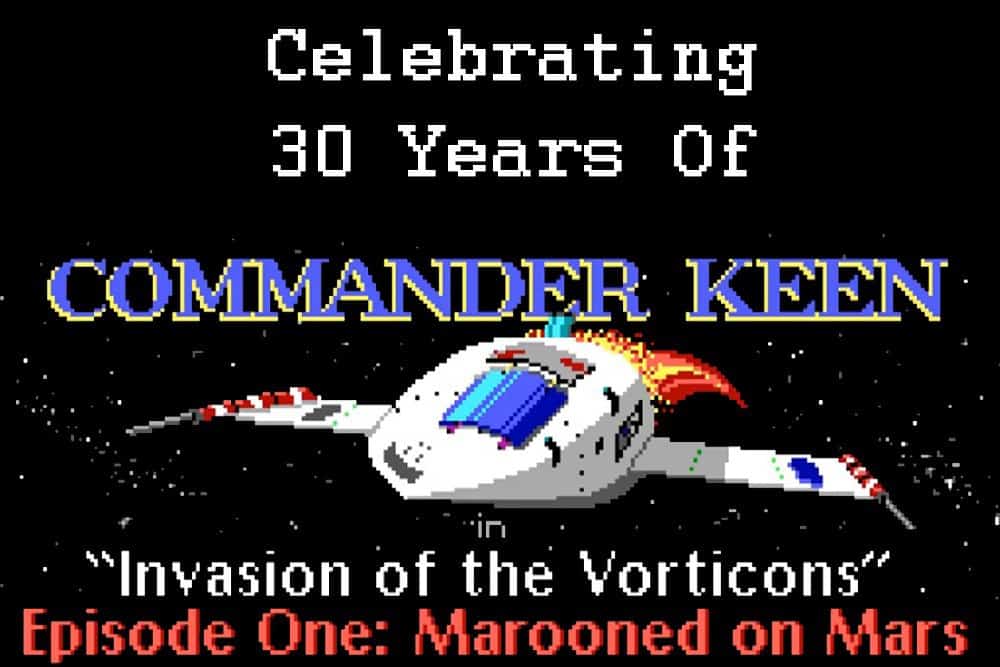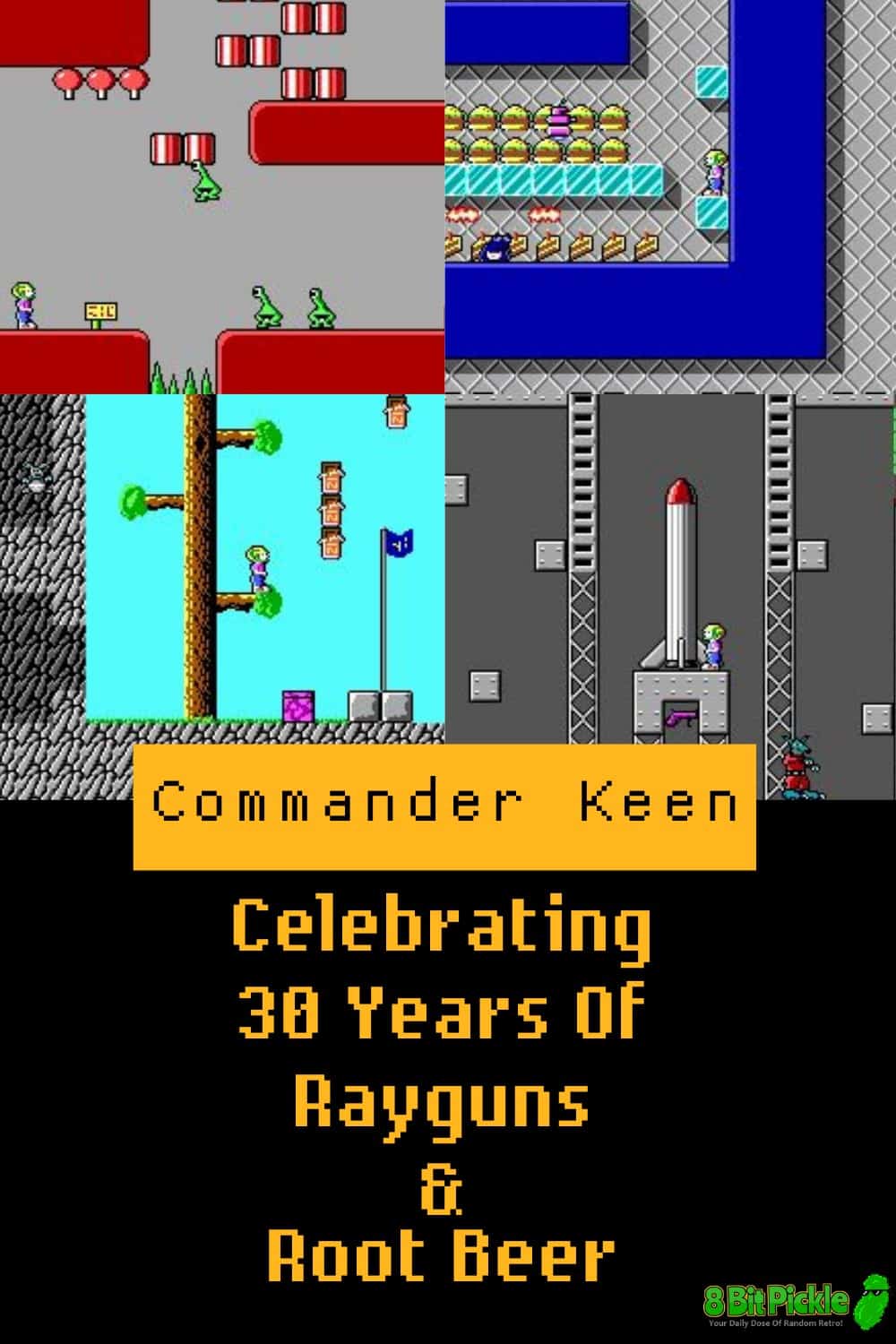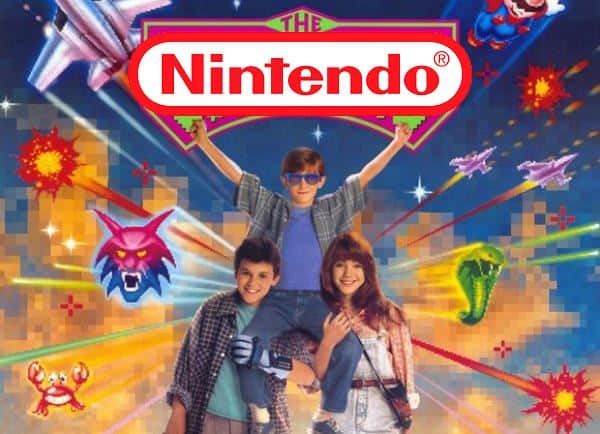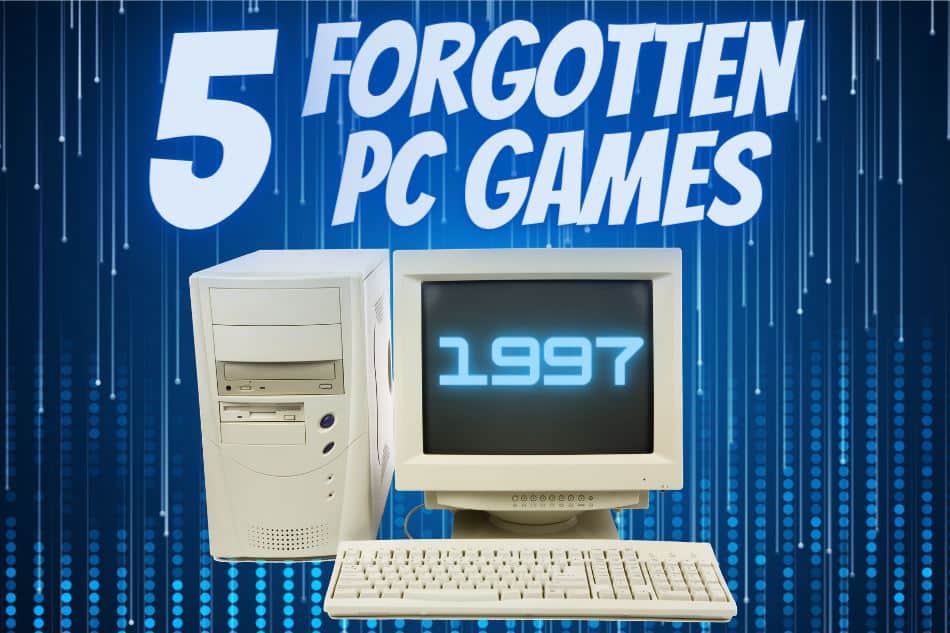Not only was 1990 the start of a pretty fly decade, but it was also quite an exciting year for video games.
Over in Japan, the Super Nintendo Entertainment System launched and sent players to Dinosaur Land in the hugely popular Super Mario World.
That same year, James Cameron’s Aliens leapt off the silver screen and invaded arcades across the globe courtesy of a new cabinet title from Konami. Rare released the interactive Super Glove Ball as a launch title for the hotly hyped Nintendo Power Glove, while brand new games like Capcom’s Chip n’ Dale Rescue Rangers, StarTropics, Batman, and Alex Kidd flew from store shelves.
And, all of that was just on the console side of things.
Computer Gaming In The 90s
Throughout the 1980s home computer technology improved while prices continued to drop. Thus, come the new decade, it was not uncommon for most households to have a PC of their very own.
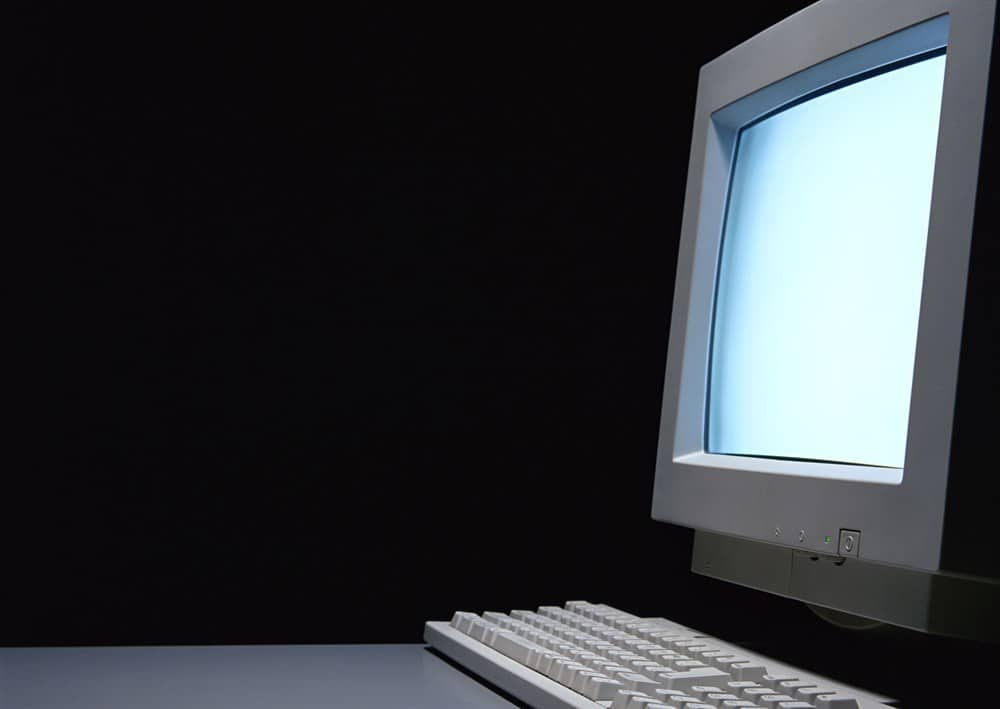
Thanks largely in part to this ever-increasing affordability, programmers began to see the computer as the next logical step in electronic entertainment.
Sure, computer games were nothing new at this point, but to this fresh generation, it was time to step away from the Adventurelands, Zorks, and Planetfalls of the 1980s and move ahead into some bold and uncharted waters.
The result? An impressive landslide of computer games that strayed from the traditional text-based interactive fiction of years gone by to give us such memorable titles as King’s Quest V, The Secret Of Monkey Island, and a little MS-DOS side-scroller called Commander Keen.
In Steps Commander Keen!
Ah, Commander Keen! More specifically, Commander Keen In Invasion Of The Vorticons.
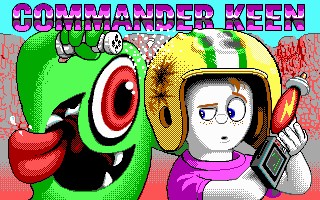
It’s hard to believe this episodic classic recently turned the big 3-0.
If you were a child of the ‘90s who preferred IBM to NES, there is no doubt that this addictive title took up a spot in your gaming library.
Sure, when compared to today’s highly immersive three-dimensional games it doesn’t hold up. However, there is no denying that Billy Blaze stands shoulder to shoulder with the likes of Super Mario and Sonic The Hedgehog as one of pop culture’s true gaming greats.
How The Commander Got Started
The story of Commander Keen begins in September 1990. After developing a new groundbreaking side-scrolling technology (adaptive tile refresh) to be successfully executed in computer graphics, Softdisk programmer John Carmack and game designer Tom Hall knew they were on to something big.
After all, up until that point in time, computer games had not been able to emulate the flawless scrolling play seen on the likes of the Nintendo Entertainment System. However, it looked as though all of that was about to change.
Carmack and Hall shared their work, a slightly tweaked recreation of the very first level seen in the recently released Super Mario Bros. 3, with co-worker John Romero. The man was instantly impressed, seeing the feat as a major accomplishment that could have massive implications on the future of computer gaming.
Feeling that the application should not be wasted on their employer, the decision was made to take the demo directly to Nintendo. After all, why wouldn’t the undisputed kings of the home console market be interested in capitalizing on the next generation of computer games by bringing the hugely popular Super Mario franchise over to the PC?
A team was formed – consisting of Carmack, Romero, Hall, programmer Jay Wilbur and Gamer’s Edge editor Lane Roathe – and they spent the next three days working tirelessly on their demo level.
A few weeks later however, they received a response they had not been hoping for. Granted, Nintendo was impressed with the team’s work. Not surprisingly though, the big N wanted to hold their intellectual property close and keep the Super Mario series exclusive to their gaming consoles.
However, all was not lost. At the same time that they had been trying to catch the attention of Nintendo, John Romero was receiving fan mail from one Scott Miller.
The Apogee Software founder had hoped to have the programmer contribute new levels to his popular Pyramids Of Egypt game through a new company shareware model. While this couldn’t be done, Romero sent Miller the demo he and his team, now known as Ideas From The Deep, had been working on.
In the end, Miller was impressed. Shortly afterward it was agreed that Ideas From The Deep would create a new game for Apogee Software and were given an advance of $2,000.
Coming together to brainstorm the design for the game, it was eventually decided that this new title would be a side-scrolling platformer with a science fiction theme.
John Carmack would eventually come up with the idea to put the player in control of a genius child protagonist saving the world from alien doom. Tom Hall quickly put together a summary for the project known simply as Commander Keen.
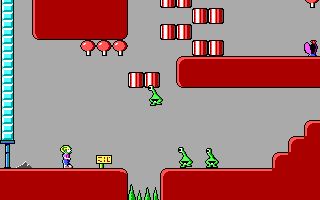
The game would center on eight-year-old boy genius Billy Blaze, who flies his homemade rocket ship across the cosmos dispensing his unique brand of interstellar justice thanks to his trusty raygun and host of sugary treats ranging from root beer to chocolate bars.
It would also be split into three parts to match Apogee’s shareware model – which gave away the first episode for free while making the remaining parts available for purchase directly from the company.
With a deadline of December 1990 only a few months away, the team set to work.
Plugging away on Commander Keen on nights and weekends, the team drew inspiration from numerous sources ranging from Chuck Jones cartoons to even George Carlin material.
Non-linear exploration, numerous hidden secrets, and additional mechanics like the pogo stick were added in an effort to give their game an edge over the top console titles of the time, and the team looked set to deliver their first-ever Apogee Software project in time for its intended release date!
Commander Keen Was An Instant Success
As the game neared completion, marketing for Commander Keen: Invasion of the Vorticons launched into overdrive through numerous gaming magazines and BBS servers alike.
Then, on the afternoon of December 14th, 1990, the first episode was uploaded to bulletin board systems across the web. Gamers could now get their first taste of Commander Keen – with the other two episodes sold on floppy disks for $30 US.
The reviews were positive and Commander Keen would go on to become an instant hit for Apogee Software, generating close to $30,000 in sales by the holidays.
Come the summer of 1991, the game was bringing in close to $60,000 per month, with publications referring to the title as a tremendous success and heralding it as one of the most spectacular video games available at the time!
Needless to say with all the positive reviews, the Commander Keen story was far from over.
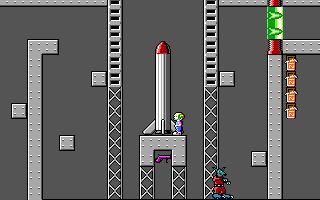
Commander Keen In Keen Dreams arrived in 1991, with Commander Keen In Goodbye, Galaxy published through Apogee in December of that same year. Commander Keen In Aliens Ate My Babysitter would also be released around the same time, officially becoming the very last title in the franchise to be developed by the original team.
Interestingly, a new trilogy of episodes entitled Commander Keen In The Universe Is Toast! was planned for release in 1992. However, that project was shelved and eventually canceled after the team shifted their focus to developing Doom.
Several years after the original game’s release, David A. Palmer Productions would develop a new Commander Keen game in association with id Software. It would be published by Activision and released on the Game Boy Color in 2001.
The Future Of The Franchise?
While it has been nearly two decades since that last Commander Keen title, the previous games have all been released as part of several physical collections in the years since then through a variety of different distributors.
Also made available as a complete collection online through Steam since 2007, it has been reported that well over 200,000 copies of Commander Keen have been registered through the service since then.
With a mobile adventure announced, it is clear that even thirty years later, fans still can’t get enough of Commander Keen!
What Does The Future Hold For Young Billy Blaze?
I can’t say that I know.
However, one thing is for sure. Commander Keen was an impressive feat that changed the face of computer games forever! It offered up countless hours of key compressing enjoyment for an entire generation of fans and proved to the world that you didn’t need a Nintendo to kill a couple of hours on a rainy Saturday.
Granted Commander Keen may not feature a legacy as lavish as that of Super Mario, but it is an impressive one nonetheless. It’s a legacy built on a vision. A legacy built on dreams. A legacy built on rayguns and root beer.
Happy anniversary, Commander Keen! And, thanks for all the memories!
